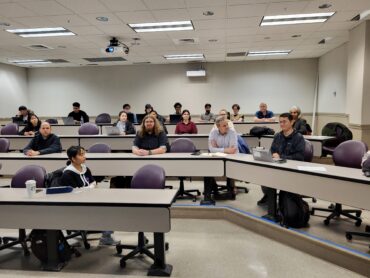Grid Capacity: Hiding in Plain Sight
Date: March 12, 2025
Topic: Grid Capacity: Hiding in Plain Sight
Speaker: Dr. Anil Jampala has over 38 years of technical and management experience. He is a Life Fellow of the Institute of Electrical and Electronic Engineers, USA and is a registered Professional Engineer in the state of Washington. Dr. Jampala currently works at PSC Consulting. He was an active senior member of the Power Systems Team on Smart Grid supporting Energy Management Systems, WAMS and Simulation Projects and has co-authored many publications and patents. During his time in India, he was very active in Hyderabad Software Exporters Association (HYSEA) and in the establishment of India’s first integrated emergency management system (108). Dr. Jampala is passionate about innovation, leadership and entrepreneurship. Additionally, he is an active mentor and has taught at a number of institutions in the US and India.
Abstract: Many utilities use transmission line ratings that reflect broad average temperatures and are set so that operators can guarantee the available capacity on the network. In most network regions, ratings are set on a seasonal basis or even just twice a year. To extract more capacity from the existing infrastructure, US regulators have mandated that system operators increase the frequency of their capacity ratings. The goal is to utilize transmission grid capacity more efficiently and lower congestion costs thus benefiting the consumers.
Under Federal Energy Regulatory Commission (FERC) order 881, to be complied with by July 2025, ambient weather conditions improve the accuracy of line ratings allowing increased throughput in most cases. The ruling passed in December 2021 requires Independent System Operators (ISOs), Regional Transmission Organizations (RTOs), and Transmission Owners (TOs) to apply hourly ratings during daylight hours to consider solar heating. As electrification increases, this becomes even more important.
Attendance was 11 Industry members and 20 Students.




